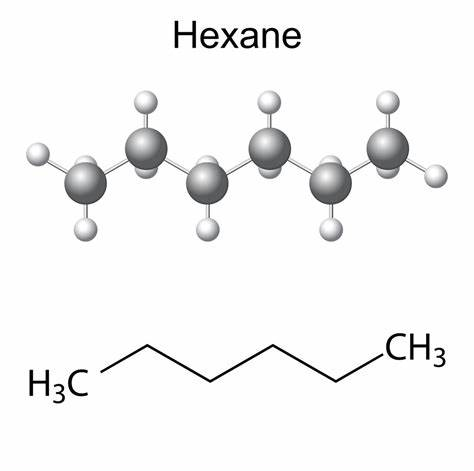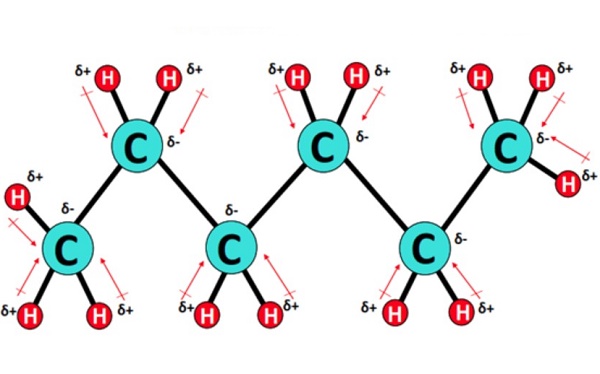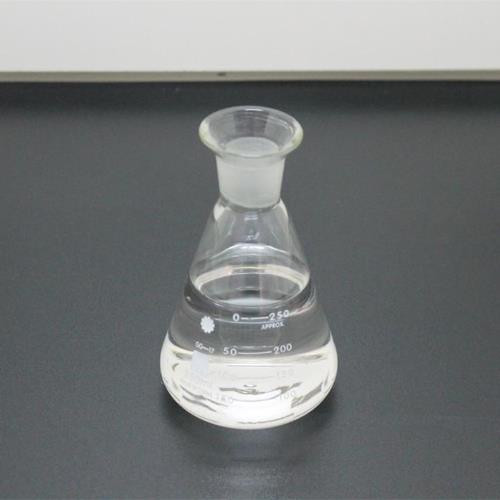Hexane-Hazard and Toxicity
Description
n-Hexane is a highly flammable liquid, usually isolated from crude oil, and has extensive industrial applications as a solvent in adhesive bandage factories and other industries. It is highly toxic, triggering several adverse health effects, i.e., nausea, skin irritation, dizzi- ness, numbness of limbs, CNS depression, vertigo, and respiratory tract irritation to ani- mals and humans. Occupational exposure of industrial workers has demonstrated motor polyneuropathy. Workers associated with long-term glue sniffi ng showed adverse effects in the form of degeneration of axons and nerve terminals.
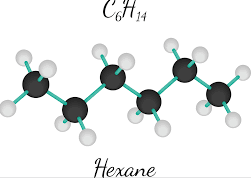
Toxicity Data
LD50 oral (rat) 28,700 mg/kg
PEL (OSHA) 500 ppm (1800 mg/m3)
TLV-TWA (ACGIH) 50 ppm
Major Hazards
Highly flammable; chronic exposure may cause neurotoxic effects. Hexane and related aliphatic hydrocarbons exhibit only slight acute toxicity by all routes of exposure. The liquid may cause irritation upon contact with skin or eyes. Hexane vapor (and the vapor of other volatile hydrocarbons) at high concentrations (>1000 ppm) is a narcotic, and inhalation may result in lightheadedness, giddiness, nausea, and headache.
Ingestion of hexane or other hydrocarbons may lead to aspiration of the substance into the lungs, causing pneumonia. Prolonged skin exposure may cause irritation due to the ability of these solvents to remove fats from the skin. Hexane is regarded as a substance with good warning properties. Chronic exposure to hexane or other aliphatic hydrocarbons may cause central nervous system toxicity. Hexane has not been found to be a carcinogen or reproductive toxin in humans.
Toxicity
Hexane and related aliphatic hydrocarbons exhibit only slight acute toxicity by all routes of exposure. The liquid may cause irritation upon contact with skin or eyes. Hexane vapor (and the vapor of other volatile hydrocarbons) at high concentrations (>1000 ppm) is a narcotic, and inhalation may result in lightheadedness, giddiness, nausea, and headache. Ingestion of hexane or other hydrocarbons may lead to aspiration of the substance into the lungs, causing pneumonia.
Prolonged skin exposure may cause irritation due to the ability of these solvents to remove fats from the skin. Hexane is regarded as a substance with good warning properties. Chronic exposure to hexane or other aliphatic hydrocarbons may cause central nervous system toxicity. Hexane has not been found to be a carcinogen or reproductive toxin in humans.
Flammability and Explosibility
Hexane is extremely flammable (NFPA rating = 3), and its vapor can travel a considerable distance to an ignition source and "flash back." Hexane vapor forms explosive mixtures with air at concentrations of 1.1 to 7.5 % (by volume). Hydrocarbons of significantly higher molecular weight have correspondingly higher vapor pressures and therefore present a reduced flammability hazard. Carbon dioxide or dry chemical extinguishers should be used for hexane fires.
Reactivity and Incompatibility
Contact with strong oxidizing agents may cause explosions or fires.
Storage and Handling
In particular, hexane should be used only in areas free of ignition sources, and quantities greater than 1 liter should be stored in tightly sealed metal containers in areas separate from oxidizers.
Accidents
In the event of skin contact, immediately wash with soap and water and remove contaminated clothing. In case of eye contact, promptly wash with copious amounts of water for 15 min (lifting upper and lower lids occasionally) and obtain medical attention. If hexane is ingested, obtain medical attention immediately. If large amounts of this compound are inhaled, move the person to fresh air and seek medical attention at once.
In the event of a spill, remove all ignition sources, soak up the hexane with a spill pillow or absorbent material, place in an appropriate container, and dispose of properly. Respiratory protection may be necessary in the event of a large spill or release in a confined area.
Disposal
Excess hexane and waste material containing this substance should be placed in an appropriate container, clearly labeled, and handled according to your institution's waste disposal guidelines.
You may like
Related articles And Qustion
See also
Lastest Price from Hexane manufacturers
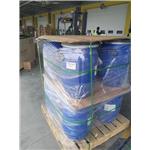
US $10.00/KG2025-06-06
- CAS:
- 110-54-3
- Min. Order:
- 1KG
- Purity:
- 99%
- Supply Ability:
- 10 ton

US $10.00/KG2025-04-21
- CAS:
- 110-54-3
- Min. Order:
- 1KG
- Purity:
- 99%
- Supply Ability:
- 10 mt

